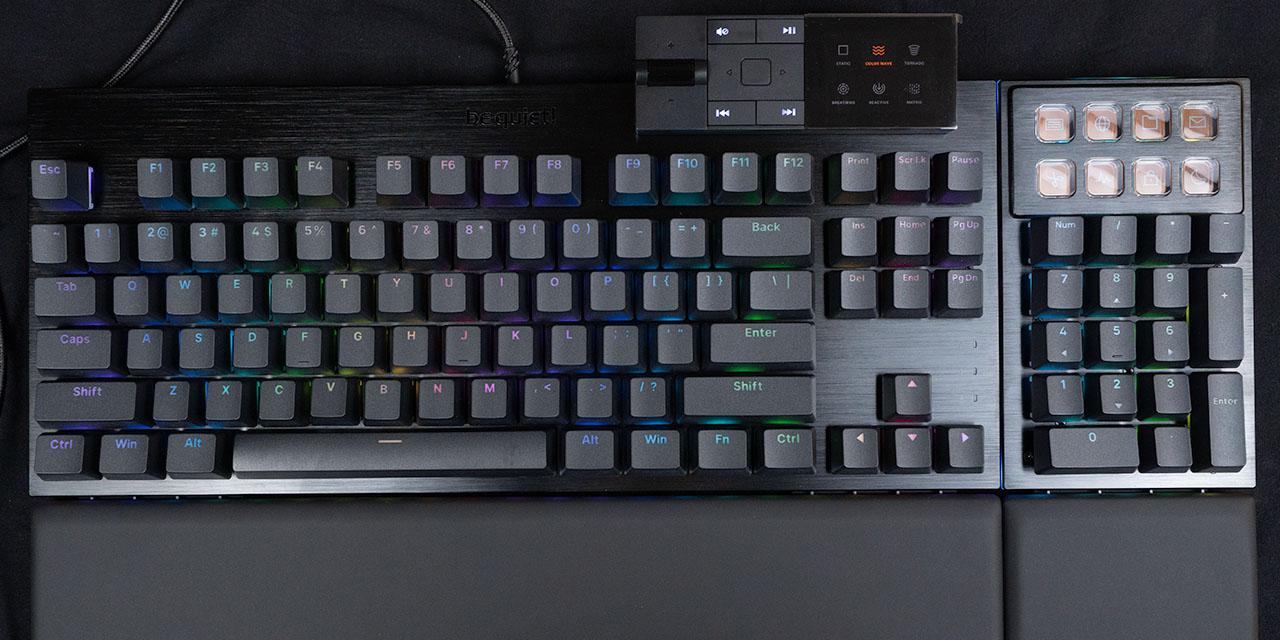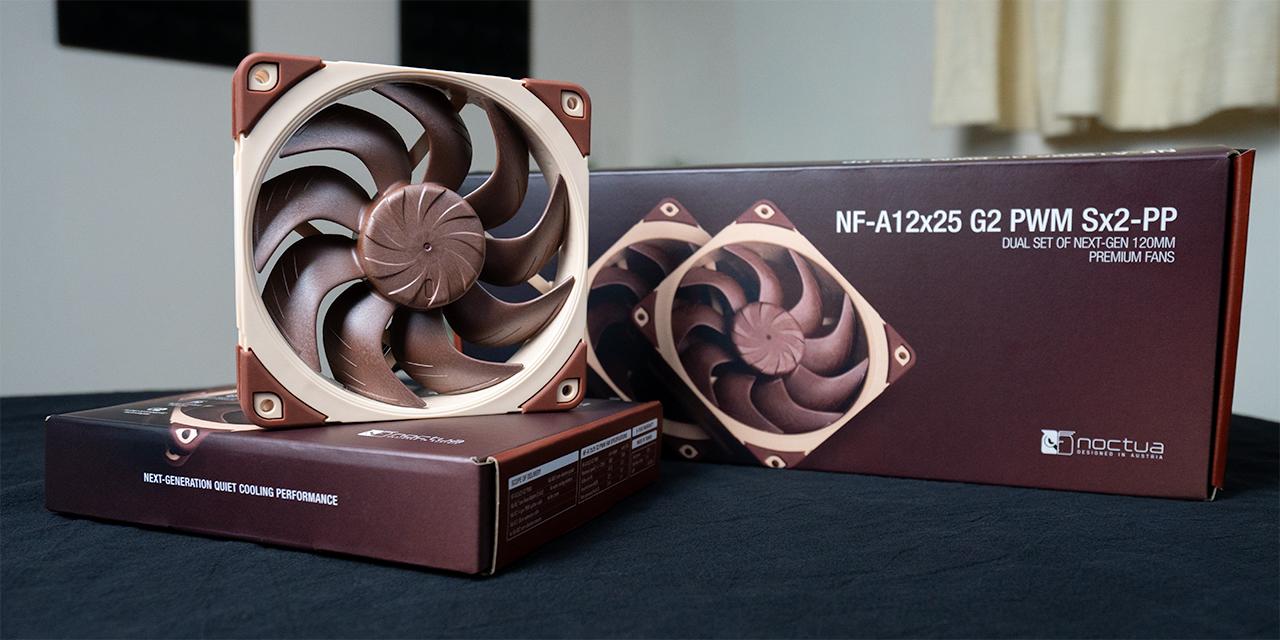Page 2 - A Closer Look - Hardware
The Auzentech X-Fi HomeTheater HD represents the latest in computer audio technology. This HDMI v1.3a compliant audio card is capable of playing Blu-ray audio with no downsampling, as well as supporting a full array of home theater technologies such as Dolby TrueHD. DTS-HD Master Audio, Dolby Digital Live, DTS Neo:PC, and DTS Interactive. Hardware wise, the X-Fi HomeTheater HD is built on a chestnut colored printed circuit board with standard dimensions, which is roughly the same as the company's X-Fi Prelude. Meanwhile, the new Auzentech flagship sound card features a revised board layout, which we will cover in detail for aspects that will affect the end user. The new Creative CA20K2 digital audio processor located at the lower center section can be found without any heatsink over it, as shown in our photo above. Its model name is printed onto the board at the upper left corner, and near the lower right corner are HDMI and PCI Express logos. Being a add-on card that was first revealed in 2009, we are glad to see it has finally moved on and available only in PCI Express x1 form rather than PCI only. Written in cursive at the bottom edge is the line "Designed by Auzentech Audio Dev Team". Personally, I also would be pretty proud if I designed the X-Fi HomeTheater HD, haha.
A look at the back of the Auzentech X-Fi HomeTheater HD sound card. Compared to the X-Fi Prelude, it is clear that the new card is significantly more complicated due to increased numbers of onboard components. This is especially apparent when viewing the card from this side. Capacitors are mounted using traditional mounting methods; additionally, printing at the bottom of the board indicates that the HomeTheater HD is designed in the USA, and made in Korea.
As aforementioned, the heart of the Auzentech X-Fi HomeTheater HD is Creative's powerful X-Fi digital audio processor. While the X-Fi Prelude uses the CA20K1 chip, the HomeTheater HD now incorporates the revised CA20K2 X-Fi processor -- Creative's latest flagship PCI Express 1.1 based APU with built in digital signal processor. With 51.1 million transistors, the X-Fi APU/DSP provides hardware accelerated audio capable of handling 10,000 million instructions per second! The audio processor itself features 24-bit digital audio input/output, eight audio input and eight audio output interfaces (I2S, I4S, I8S I16S, S/PDIF or CDIF), 24-bit/192kHz stereo playback, and 24-bit/96kHz 7.1 playback. An embedded RISC control processor is used to reduce PCI Express induced latencies. Adjacent to the X-Fi chip is a Hynix HY5DU1216220TP-D43 64MB DDR memory chip to serve as the card's X-RAM to store audio buffers. All standard X-Fi audio enhancements are available out of the box from Auzentech's sound card as well. Features such as Creative ALchemy bring back hardware acceleration to machines running Windows Vista and Windows 7 by translating DirectSound requests into OpenGL audio signals for the X-Fi processor. Proprietary EAX Advanced HD 5.0 support is definitely another welcomed feature along with a full set of home theater technologies listed earlier in this review.
Specifications of the Creative X-Fi CA20K1 digital audio processor are listed below, as obtained from Creative's website:
- PCI Express 1.1 interface, up to 8 simultaneous transactions supported
- Sample Rate Converter engine
- Digital Filter engine
- Tank, digital delay line accelerator
- Audio Mixer
- Microprogramable “Quartet” audio DSP
- 4 stereo S/PDIF inputs and 4 stereo S/PDIF outputs
- 4 stereo I2S digital inputs and 4 stereo I2S digital outputs
- Sample rate slave capability to I2S and S/PDIF
- DDR SDRAM interface
- Parameter Generator / Mixer
- Universal Audio Architecture component
- Integrated HD-Audio core with core switch
- Up to 32 GPIOs
- 16-bit general purpose parallel control bus
- I2C master interface
Computer enthusiasts might be quick to point out that the X-Fi HomeTheater HD incorporates a portion of electrolytic capacitors, whereas the X-Fi Prelude is built using only solid state capacitors. Has Auzentech taken a step back in their flagship sound card? Certainly not -- look closely at the photo above as the company has moved beyond generic capacitors, and are much more serious with regards to their audio board's appeal to true audio enthusiasts. The green capacitors with silver tops shown are bi-polarized aluminum electrolytic Nichicon MUSE ES capacitors, which are highly regarded units among audiophiles for their excellent filtering characteristics for cleaner sound output.
The front channel user swappable operational amplifier (OpAmp) is National Semiconductor's LME49720NA. It promises very low distortion, low noise, and a high slew rate of ±20V/μs by the manufacturer. Rated voltage noise density is 2.7nV/√^Hz, and THD+N is specified at an optimal 0.00003%. Output current capability is +/-26mA. Furthermore, the 120dB CMRR and PSRR in conjunction with its 0.1mV VOS rating provide great DC OpAmp performance characteristics. The LME49720NA is also capable of driving 600Ω loads according to the data sheet from the manufacturer. Used for the front channel's DAC filter is a pair of metalized film capacitors, shown in red, and AVX's low ESR tantalum capacitor, shown in yellow. The rest of the channels are powered by the JRC NJM4580 OpAmps, which act as signal buffers for the discrete headphone circuit as well.
The digital to analog converter on board Auzentech's X-Fi HomeTheater HD sound card is the Cirrus Logic CS4382A 24-bit 192 kHz 8-channel DAC. It has a dynamic range of 114 dB, and -100 dB THD+N with low clock jitter sensitivity. Meanwhile, the X-Fi HomeTheater HD also features an independent component based headphone amplifier, capable of producing about 100mW per channel, designed to lower output impedance and improve damping and drive capability. An independent jack is located at the back of the sound card, which we will cover in just a moment.
Worth mentioning is what Auzentech calls the Pointing Ground Design on the X-Fi HomeTheater HD sound card. Basically, they have implemented a common grounding point for the DAC, OpAmps, and output jack power supply to reduce interfering noise with the original signal.
A coaxial transformer can be found near the bottom left corner of the sound card, as shown in the photo above, to minimize digital output jitter. It is important to note that lower end sound cards with digital output lack this feature (That includes your motherboard's integrated audio, haha), but Auzentech certainly did not cut any corners when it comes to the X-Fi HomeTheater HD for digital audio output perfection in this regard!
On the input side of things, Auzentech has two analog to digital converters (ADCs) to simply recording from two independent sources. The Wolfson WM8775SEDS four-channel stereo multiplexed ADC is responsible for the rear microphone and line in inputs. The WM8775SEDS features a rated 102dB SNR, -90dB THD, and sampling frequency of 32kHz to 96kHz according to the manufacturer. Its secondary ADC is a Wolfson WM8782S that takes care of only the front panel microphone input, with rated 100dB SNR, -90dB THD, and sampling frequency of 8kHz to 192kHz. The X-Fi HomeTheater HD also comes with a microphone preamplifier to support balanced microphones.
There really isn't much to cover when it comes to the digital output electronics of the Auzentech X-Fi HomeTheater HD sound card -- especially when compared to the significantly more complicated and component picky analog circuitry, haha. Shown above are the Silicon Image SiI9135A and SiI9134 chips, respectively. The SiI9135A is a dual-input HDMI 1.3 receiver with HBR audio support. The Silicon Image SiI9134 is an HDMI transmitter. The chips working in conjunction are capable of decoding Dolby True HD and DTS-HD lossless formats, and their 225MHz link speed provides videos at up to 1080p resolution @ 60Hz or 720p/1080i resolution @ 120Hz with 36-bit color depth support (12 bit deep color per video component).
At the end of the board are the internal connectors: the standard chassis front panel connectors (AND_EXT), digital input headers (SPDIF_IN), and the DID_EXT proprietary connectors for Auzentech X-Fi Titanium I/O Drive. I don't quite understand why Auzentech decided to make all the pins facing out rather than facing down, since this would make neat cabling just a bit more challenging for the end user. This is especially an issue since it is near the outer edge of the sound card, which is less than optimal for the reason listed. Just cut off the photo above, but interesting to note, is the LED -- it now glows steady red during normal operation, which is excellent. The X-Fi Prelude blinks continuously in the same situation, which gets quite annoying after a while for users with windowed cases.
An array of connectors can be found at the back of the Auzentech X-Fi HomeTheater HD. At the very left is an HDMI Type-A input plug, which can accept HDMI or DVI to HDMI cable from your graphics card, or connect to players that support HDMI. The subsequent port is an HDMI input jack to output video and audio to HDMI and HDCP compliant multimedia devices.
Up next is an S/PDIF combo connector. You can choose to plug in either a 75Ω coaxial cable directly, or an optical cable via an included adapter. The 3.5mm dedicated headphone output jack provides a direct connection to the discrete headphone circuit discussed earlier in this review, supporting headphones or earphones with impedance as low as 16Ω, all the way up to high impedance 600Ω products.
Due to otherwise limited space at the back panel, a breakout cable connects to the card through the 15-pin D-Sub connector for a total of six 3.5mm analog jacks. This includes the microphone input, line input, and four output jacks for 7.1 support, as shown in our photo above. Each connector is color coded for the convenience of the end user.
Page Index
1. Introduction, Specifications, Bundle
2. A Closer Look - Hardware
3. A Closer Look - Software
4. 16-bit/44.1 kHz Frequency Analysis
5. 16-bit/48 kHz Frequency Analysis
6. 16-bit/96 kHz Frequency Analysis
7. 16-bit/192 kHz Frequency Analysis
8. 24-bit/44.1 kHz Frequency Analysis
9. 24-bit/48 kHz Frequency Analysis
10. 24-bit/96 kHz Frequency Analysis
11. 24-bit/192 kHz Frequency Analysis
12. Subjective Listening and Conclusion





